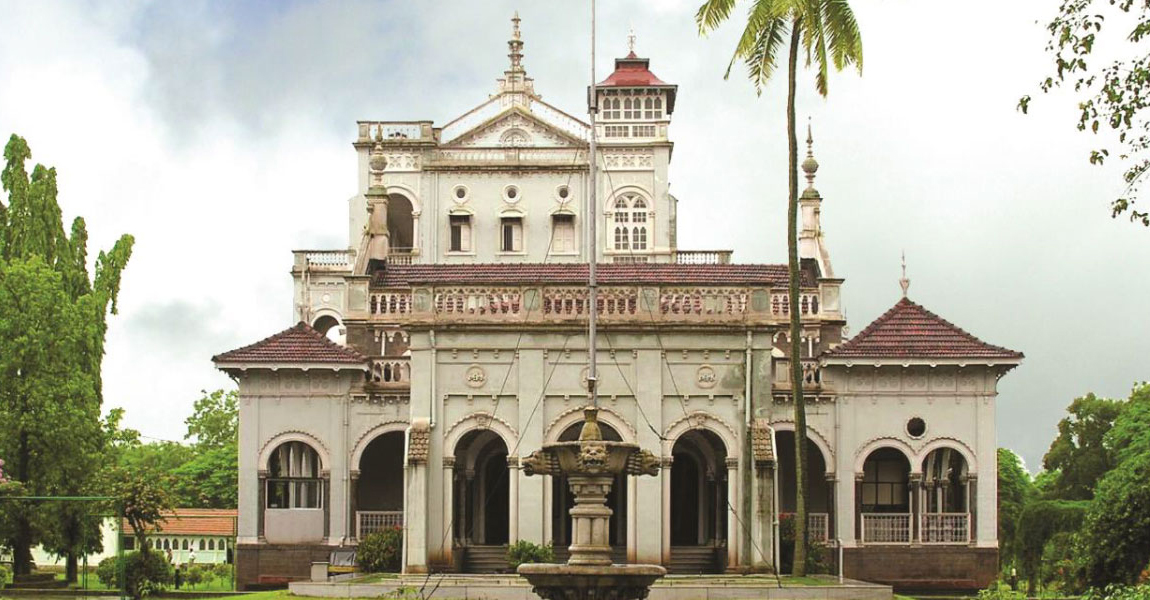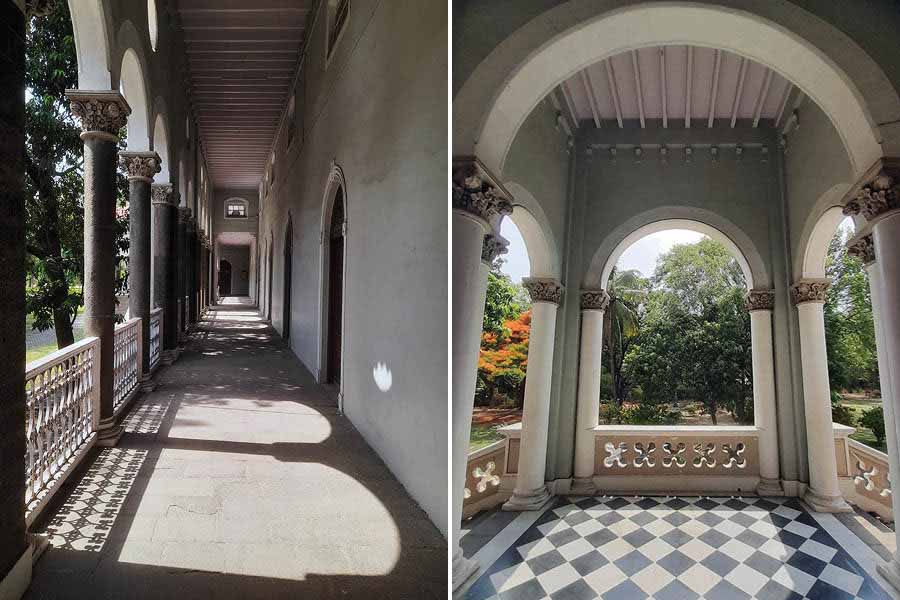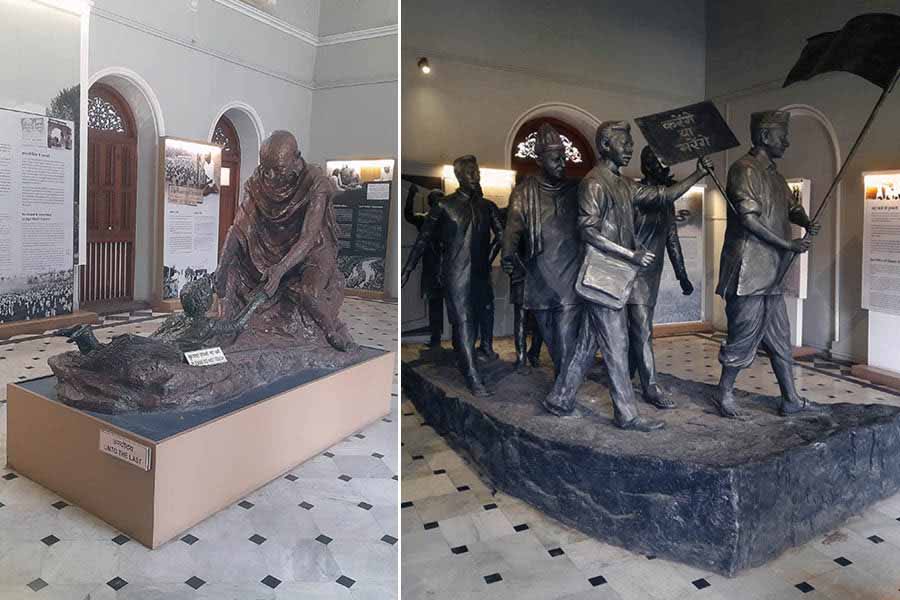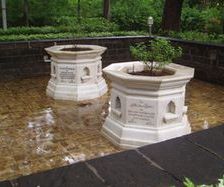
Some men changed their times...
One man changed the World for all times!
Comprehensive Website on the life and works of
Mahatma Gandhi
+91-23872061
+91-9022483828
info@mkgandhi.org

+91-23872061
+91-9022483828
info@mkgandhi.org
Aga Khan Palace where Mahatma Gandhi & other freedom fighters were put behind bars |
- By Rangan Datta Aga Khan Palace, Pune Nestled amidst the bustling city of Pune, Aga Khan Palace stands as a testimony to history, heritage, and architecture. It also narrates the tale of generosity, kindness and philanthropy. It also connects to the history of the Indian freedom struggle, linking Quit India Movement and Mahatma Gandhi. The beginning – famine and philanthropyThe elegant palace with its grand edifice was constructed in 1892 by Sultan Muhammad Shah, the 3rd Aga Khan. Aga Khan refers to the head (imam) of the Nizari Ismaili, a sect of Shia Muslims. The building was commissioned to provide employment to the villagers of the famine-stricken area in and around Pune. The construction involved about one lakh workers and took five years to complete at a cost of Rs 12 lakh. Architecture
The grand building follows the Indo-Saracenic architecture and has its share of turrets and pediments. The building also houses huge halls and long balconies lined with arches supported by slender decorative columns. The building stands in the middle of a 19-acre sprawling campus with manicured lawns dotted with flower beds and fountains and criss-crossed by tree-lined pathways. Prison for leaders of Quit India Movement
During the Quit India Movement, several leaders of the India freedom movement were kept under internment at the Aga Khan Palace. They included Mahatma Gandhi and his wife Kasturba. Also in the list was Sarojini Naidu, Mahadev Desai (Gandhi’s secretary) along with few others. Kasturba and Desai both died during their internment period and Naidu was released on March 21, 1943, because of ill-health. The rest served their entire term starting from August 9, 1942 to May 6, 1944. Post-IndependenceAfter Independence, the Aga Khan Palace served as a residential school (1953 to 1972). But Gandhi always wanted to convert the place of his wife’s death into a place of emancipation of women. His dreams finally came true on October 2, 1969, when the 4th Aga Khan donated the palace to the Indian people as a mark of respect to Gandhi and his philosophy. The school moved out in 1972 and on August 15, 1972, a Gandhi museum-cum picture gallery was inaugurated at The Aga Khan Palace. Aga Khan Palace today
Samadhis of Kasturba Gandhi and Mahadevbhai Desai The sprawling lawns and the magnificent architecture of Aga Khan Palace is now a prime tourist attraction in Pune and attracts tourists from far and wide. The Gandhi Museum at Aga Khan Palace spreads across six galleries exhibiting several statues of Gandhi and others. The galleries contain elaborate write-ups and photos describing the history of Quit India Movement. It exhibits a statue of the Quit India Movement procession and another depicts Gandhi lifting an untouchable child. The most touching statue is of Gandhi sitting in front of a framed photo of Kasturba. The compound contains the samadhi (memorials housing the ashes) of Kasturba Gandhi and Mahadev Desai. These are simple octagonal structures with inscriptions in English, Hindi and Urdu. In 1992, a portion of Gandhi’s ashes were shifted to Aga Khan Palace grounds and a marble samadhi was built over it. The three samadhis are today enclosed inside a wall compound with marble flooring. The compound also houses a khadi shop and a small canteen. Address: Courtesy: This article has been adapted from The Telegraph India, dt. 30.1.2024 |